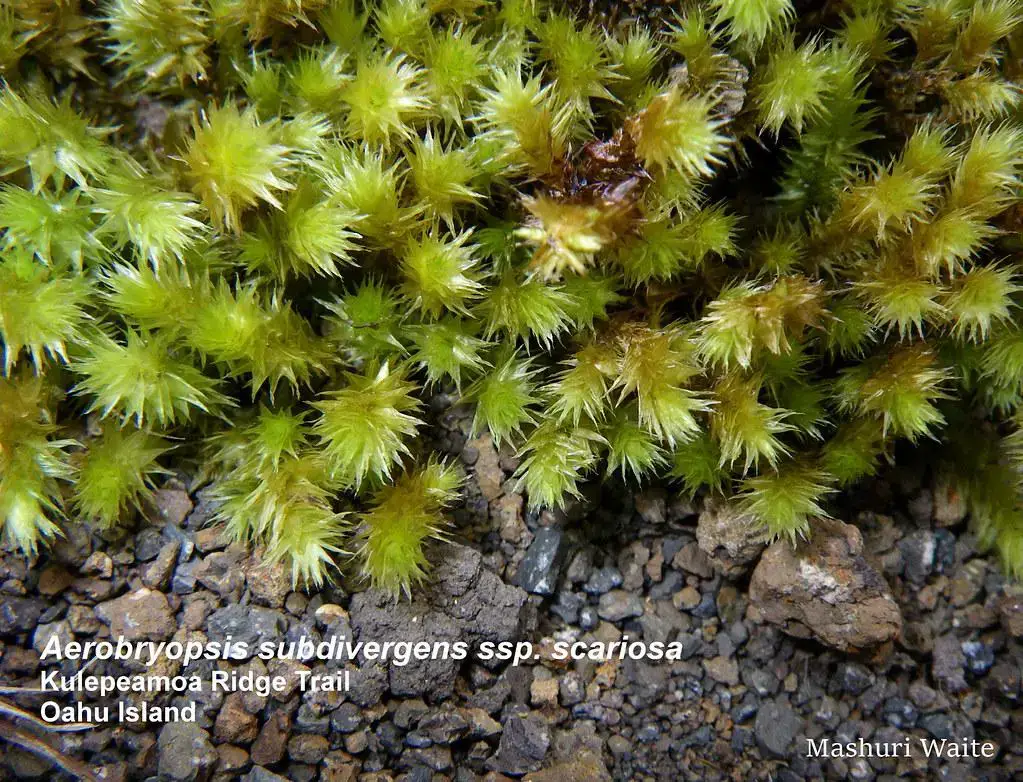
20540616550_2970fef9a9_b.jpg from: https://www.flickr.com/photos/48126735@N03/20540616550/
Exploring the Fascinating World of Aerobryopsis M.Fleisch. Moss
Introduction
Mosses are small but mighty plants that play crucial roles in ecosystems around the world. One particularly interesting genus of moss is Aerobryopsis M.Fleisch., also known simply as Aerobryopsis. This post will dive into the details of this captivating moss, from its unique morphology to its global distribution and ecological importance.
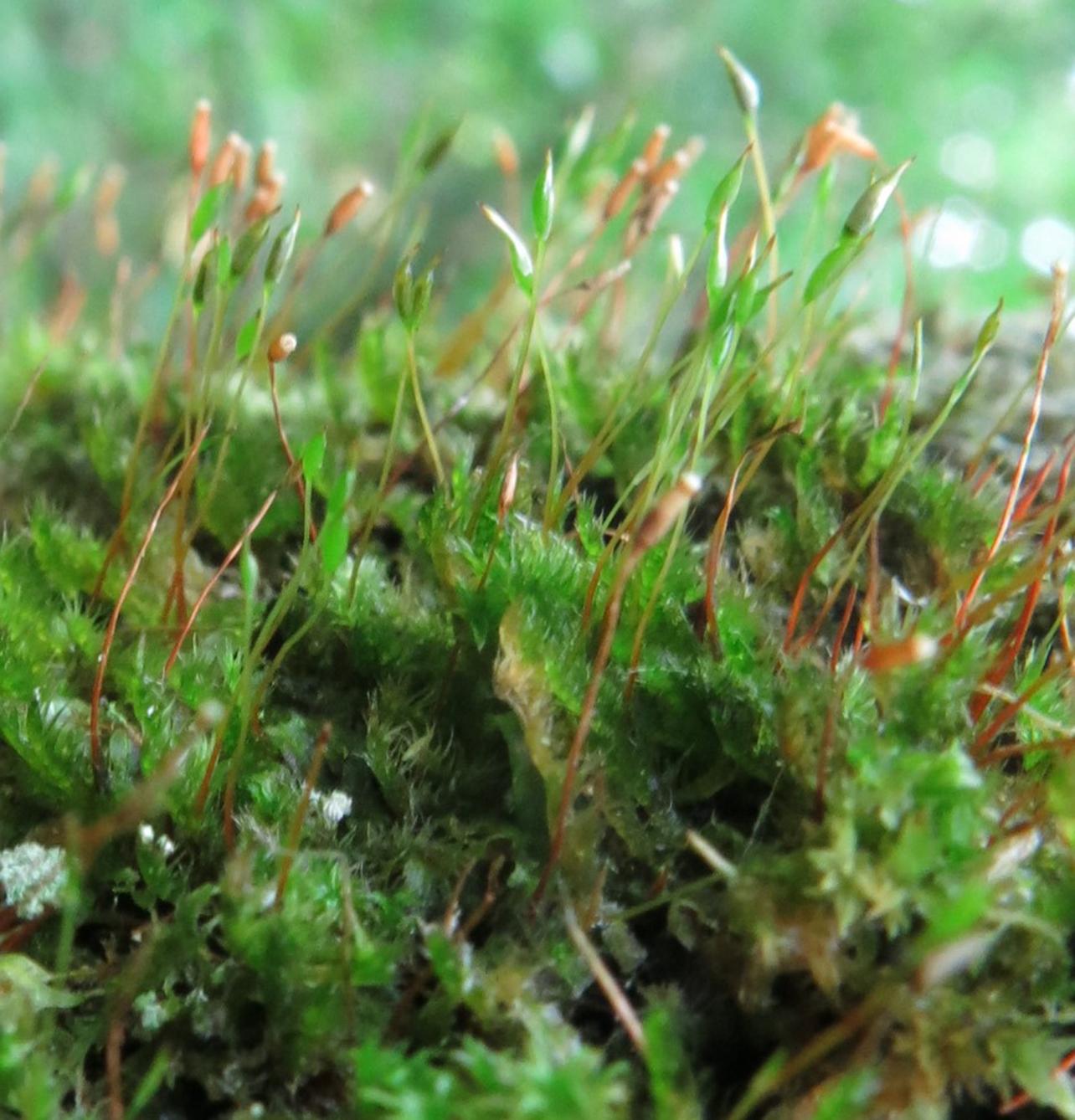
gyroweisia_reflexa.jpg from: https://www.earth.com/plant-encyclopedia/Bryophytes/Pottiaceae/gyroweisia-reflexa/en/
Background on Aerobryopsis
Aerobryopsis is a genus of moss in the Meteoriaceae family, which is part of the larger group Bryophyta (mosses) and class Bryopsida. The genus was first described by German botanist Max Fleischer in 1905. There are around 30 known species of Aerobryopsis found in tropical and subtropical regions worldwide.

taxiphyllum-taxirameum-4f7a0407790db.jpg from: https://www.flowgrow.de/db/aquaticplants/taxiphyllum-taxirameum
Morphology and Identification
Aerobryopsis mosses are characterized by their pendant growth form, meaning they hang downwards from tree branches or other surfaces. The individual plants have wiry, branched stems that can grow quite long, up to 30 cm or more. The leaves are small and lance-shaped, spirally arranged around the stem. Aerobryopsis is dioicous, meaning male and female reproductive structures are on separate plants.
Identifying Aerobryopsis to species can be tricky and often requires microscopic examination. However, the pendant growth form and wiry stems are good clues that you may be looking at an Aerobryopsis specimen. Some of the more commonly encountered species include:
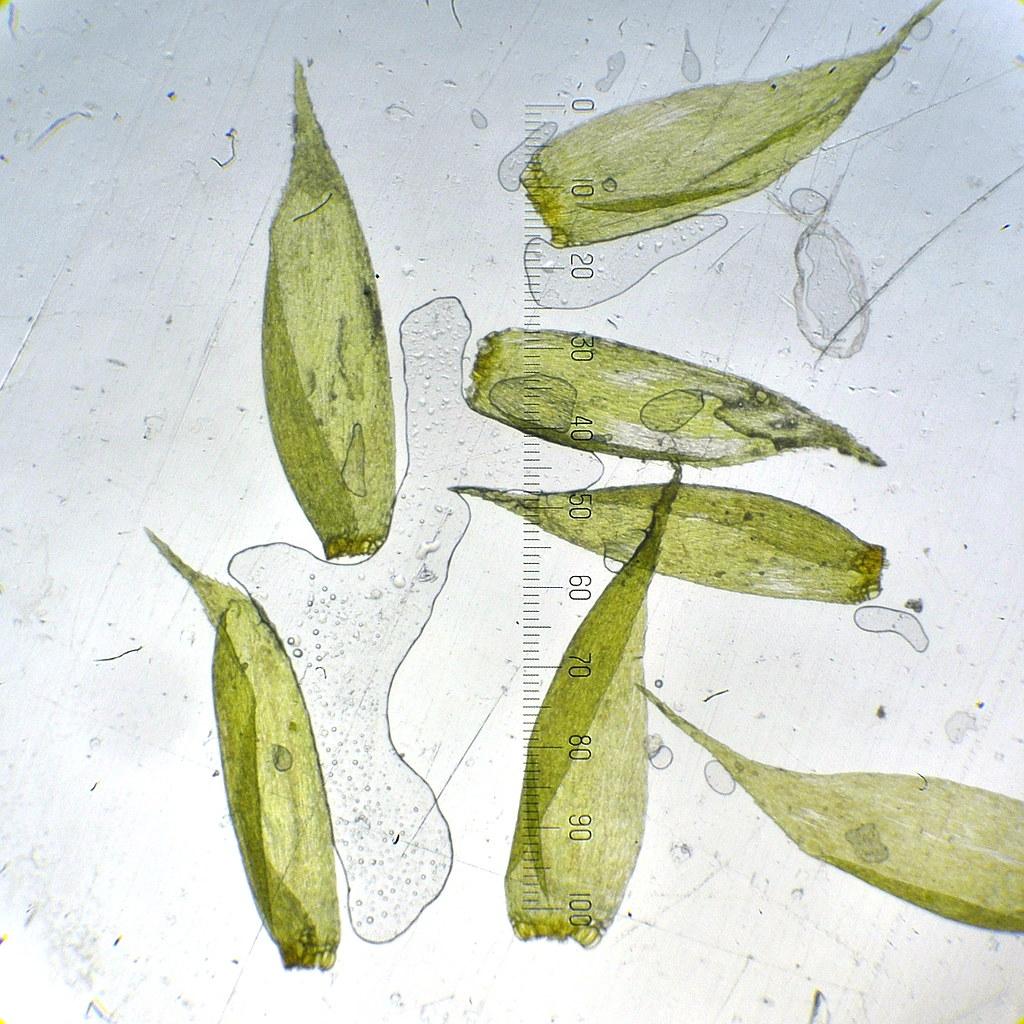
28720036863_7be937cabe_b.jpg from: https://www.flickr.com/photos/kochibii/28720036863/
- A. wallichii – Widespread in Asia
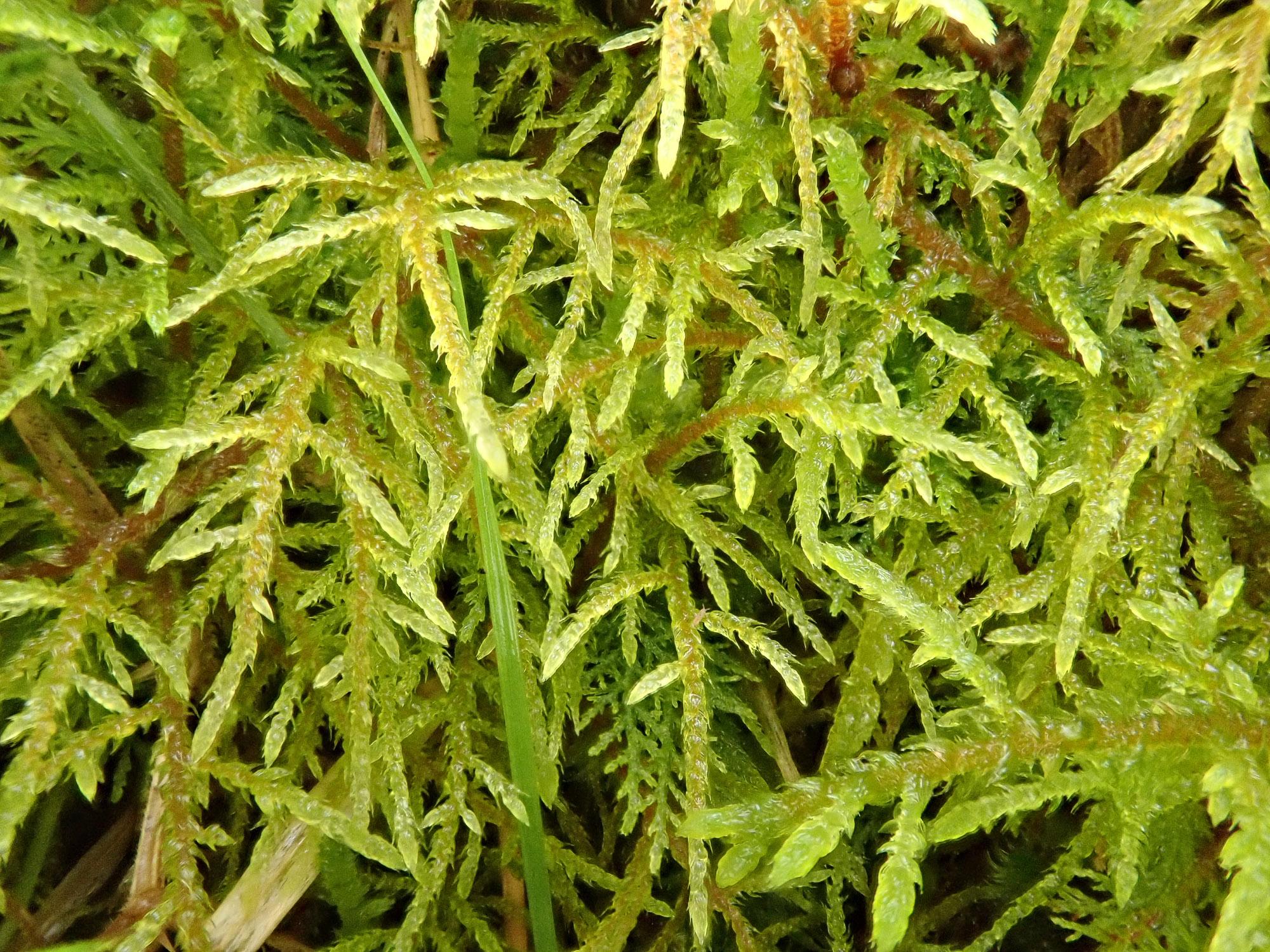
2021-09-14-12-06-27.jpg from: https://www.britishbryologicalsociety.org.uk/learning/species-finder/hylocomiastrum-umbratum/
- A. longissima – Found in Central/South America
- A. subdivergens – Occurs in Africa and Indian Ocean islands
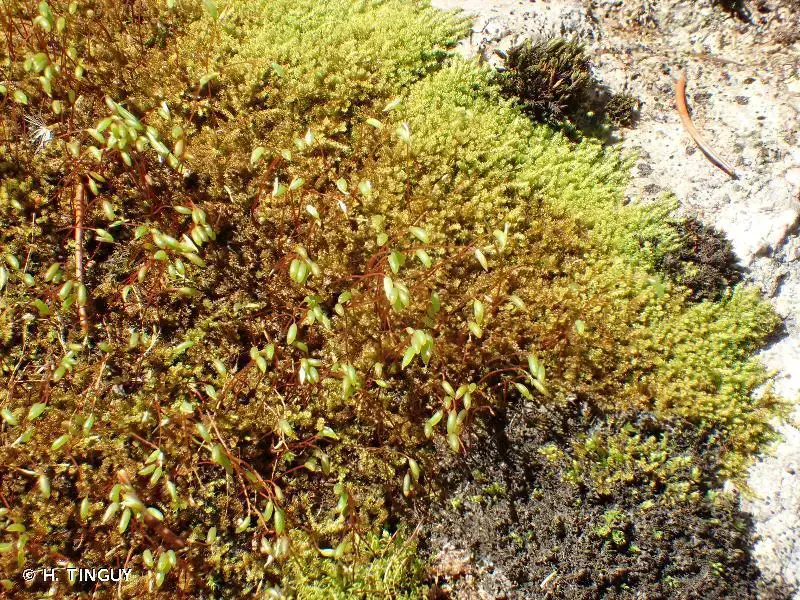
205213.jpg from: https://inpn.mnhn.fr/espece/cd_nom/5487
Global Distribution and Habitat
Aerobryopsis has a

DT_Achrophyllum_dentatum_3.jpg from: https://www.anbg.gov.au/abrs/Mosses_online/00_AMO_all images.html
pantropical distribution, meaning it is found throughout the world’s tropical regions, including in Asia, Africa, Australia, and the Americas. Within these regions, Aerobryopsis tends to grow in

2022-04-14-09-59-03-2.jpg from: https://www.britishbryologicalsociety.org.uk/learning/species-finder/plasteurhynchium-striatulum/
humid forests at low to mid elevations. It is almost always epiphytic, growing attached to trees and shrubs rather than on the ground.
Some species have more limited ranges, while others are quite widespread. For example, A. wallichii occurs from India to Japan and south through Southeast Asia and Indonesia. In contrast, A. capensis is restricted to parts of East and South Africa.
Ecological Roles and Adaptations
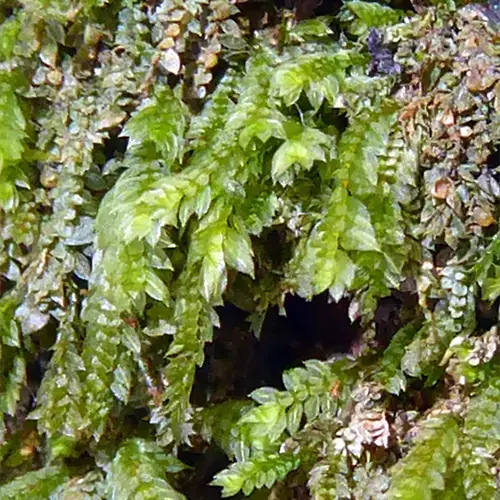
Calomniaceae.png from: https://lifecatalog.ru/cont/t/tet/Tetraphidales.html
Like other epiphytic mosses, Aerobryopsis plays an important role in nutrient cycling and water retention in forest ecosystems. The wiry stems and mats formed by the plants trap moisture, organic debris, and nutrients. This creates microhabitats for various invertebrates and microorganisms.
Aerobryopsis has several adaptations for life in the canopy:
- Pendant growth form – Allows water to drain and prevents accumulation of debris
- Desiccation tolerance – Ability to dry out and rehydrate without damage
- Asexual reproduction – Produces specialized brood branches that detach and grow into new plants
Conclusion
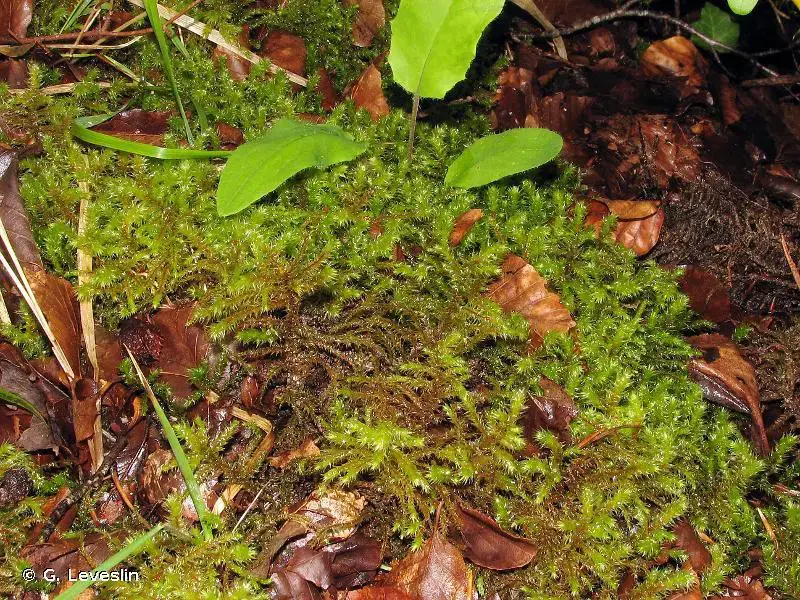
154298.jpg from: https://inpn.mnhn.fr/espece/cd_nom/931317/tab/taxo
From its eye-catching pendant growth form to its important ecological roles, Aerobryopsis M.Fleisch. is a fascinating genus of moss that deserves appreciation. Next time you’re walking through a humid tropical forest, take a moment to look up and see if you can spot these marvelous mosses hanging from the branches overhead. What other secrets of the canopy are waiting to be discovered?